Anup Jalota: A True Bhajan Tansen
In times when Bhajans were thought of, as a form of entertainment for only old people, Bhajan Samrat Padmashri Anup Jalotaji popularized them in all generations and classes of people. Be it young or old, musician, or a layperson, Indian or foreigner, his Bhajans, and Ghazals transcend these and many other boundaries.
Extensive, and rigorous Sadhana
Shri Jalota had his training from his father Padmashri Purshottam Das Jalota. He says, “my father was extremely strict about my training. My training started with Raga Bhairav. My father would shut me up in a room and would make me practice a single note for 3 hours. This practice gave me a rich understanding of various notes. it also helped me develop my capacity to hold a breath for a long time and also gave a rich timbre to my voice. Along with classical music, my father would also teach me how to sing lighter forms like Ghazals, Bhajans, etc. he would often tell me to respect and learn light music as well. I am still a big fan of Kishor Kumar, and Mohammed Rafi, as their voices were highly emotive, and they would sing according to the character on whom the song would be picturized.
Along with my music, I also pay equal attention to my physical fitness. In my school/college days, I was brilliant at a lot of sports like cricket, Tennis, etc. this not only improved my fitness, but also built in me the never-give-up attitude, and motivated me, to do something huge in life. Even now, I along with my regular music Riyaz, also keep on doing Yoga and Pranayam, to maintain physical and mental health.”
Raga Based, yet simple compositions
Shri Jalota attributes his success to his Raga-based compositions. His famous Bhajans like Aisi Lagi Lagan (Mishra Kafi), Jag mein Sundar Hain Do Naam (Raga Gujari Todi), Tere Man Mein Ram (Raga Bhairavi/Komal Rishabh Asavari), etc. and Ghazals like Chand Angdaiyan Le Raha Hai [Yaman], are all based upon 1 or more Ragas. He says, “my father was a classical singer, who popularized various Ragas through his Bhajans. I also had the urge to popularize the Ragas through my Bhajans Ghazals, among the masses. So, I have always composed my Bhajans/Ghazals in some Raga. People enjoy my compositions because they are simple, yet have the power of the Raga behind them.” Even though Raga-based, Jalotaji’s tunes never go towards being complex. On the contrary, they are so simple that, a layman can also hum them. About one of his famous Surdasa Bhajan ‘Main Nahin Makhan Khayo, he says, “this Bhajan was sung by Pandit Omkarnath Thakur, in a purely classical style. My father simplified it a bit. Later, I simplified it even further, so that, it should reach masses.”
Unique style of elaboration
Before Jalotaji, Bhajans were sung in either purely classical style, by the likes of Pt. Bhimsen Joshi, Pt. Jasraj, etc., or in Purely folkish style. Jalotaji borrowed from both styles and developed his own unique Gayaki, which was raga-based, yet not complicated. In bhajans like ‘Aisi Lagi Lagan’, or ‘Rang De Chunariya’, he sings many phrases with deep and long breathing, which helps the listeners be spellbound. Even if he has sung bhajan thousands of times, because of his ability, and zeal to constantly improvise, people find something new, and fresh, in the same Bhajan/Ghazal. He uses the Ragas/Sargam patterns, which convey, and enhance the meaning of the lyrics. For example, in the above mentioned Surdasa Bhajan, there is a line ‘Bhor Bhayo Gaiyan Ke Panche, Tu Ne Madhuban Mohi Pathayo, Char Preher Bansi Bat Bhatkyo, Sanjh Pare Main Ghar Aayo (In the morning you sent me to graze the cows, I wandered for the whole day, playing my flute, and came back home in the evening)”.
To sing this, Jalotaji used the Morning Raga Bhairav, and the evening Raga Yaman to produce the effects of morning and evening atmosphere. In another Bhajan Chadariya Jhini re Jhini (Raga Des) by Sant Kabir, he elaborated the line Dhruva Prehelad Sudama Ne Odhi, using Ragas other Des, like Kedar, Malkauns, Basant, Bhairavi, etc. He says, “when I added Classical music to my Bhajans, it made a huge difference. however, care should be taken not to overdo the Sargam/Alap, as then the Bhajan may sound like a pure classical Bandish. Another thing which should be considered is that the Sargam/Layakari should not sound as mere mathematics, but should preserve the melodic aspect of the Raga, and the Bhava of lyrics.” The melodious interplay of words and Sargam can be found in his Ghazal Latzat-e-Gham Badha Dijiye, in which he sings the word Pani (water) using the notes Pa, and Ni for a few seconds.
Just like Ghazals, Jalotaji adds some related couplet/other poetry to his Bhajan, which also brings forward the emotions of the main lyrics. For example, before singing Aisi Lagi Lagan, which describes the devotion of Sant Mirabai to lord Krishna, Jalotaji sings the poem, which describes how our eyes, hands, speech, etc, should be used in paying our respect to the god. Another such example is the couplet that he sings in the Bhajan Kabhi Kabhi Bhagwan Ko Bhi, which moves people to tears.
Conclusion
With his extensive training of various forms of music. the attitude of always learning something from each artist, his zeal to explore newer and newer things, and his lifelong dedication towards his art form, Padmashri Bhajan Samrat Anup Jalota, has become a path-breaker in the field of Bhajans, and Ghazals. His great contribution to music would be remembered for ages to come.
By – Bhushan Toshniwal,
- Bhushan Toshniwal is a trained Hindustani and Carnatic singer and is a graded artist of All India Radio and Doordarshan.


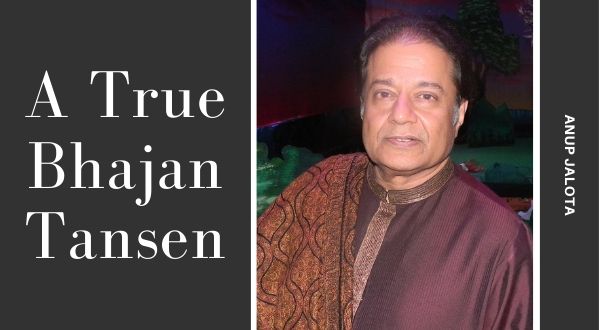
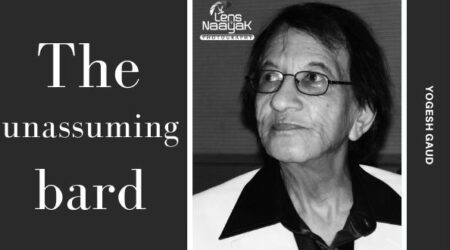
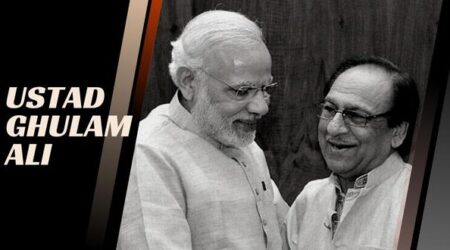
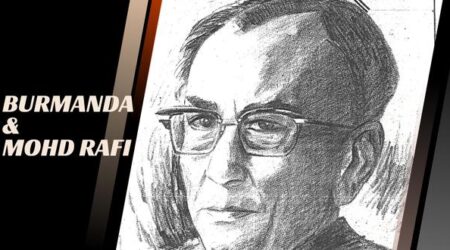
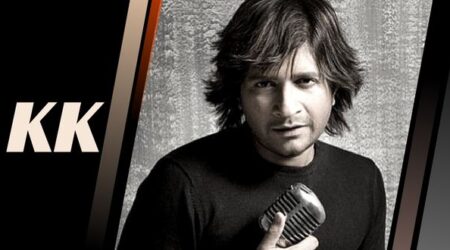
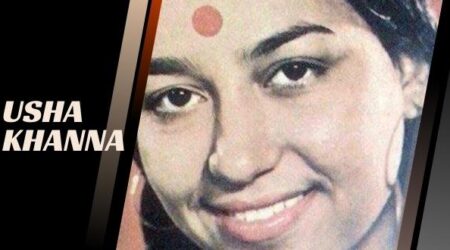
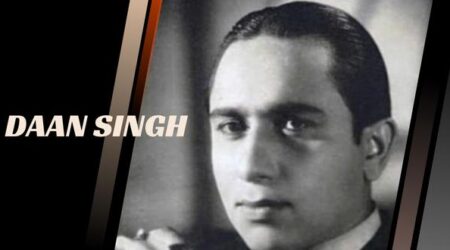
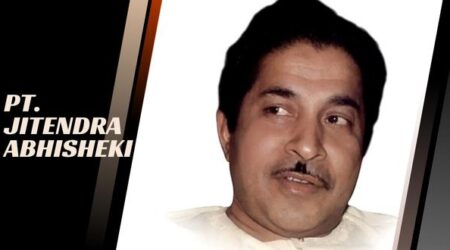
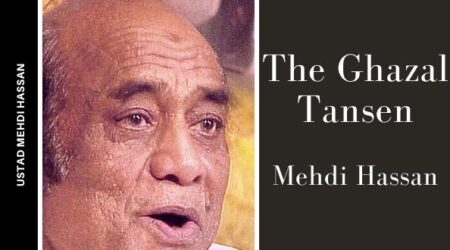
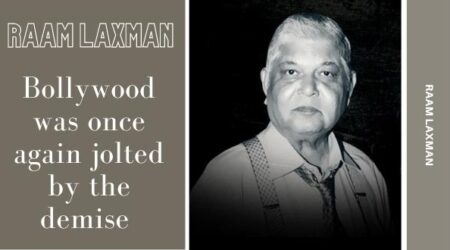
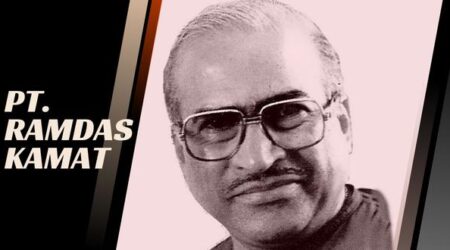

Leave a Reply